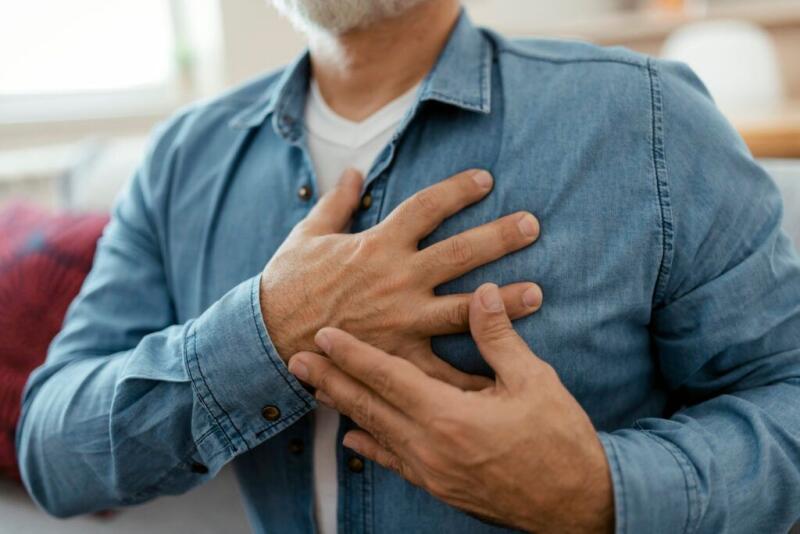
Cardiomyopathy refers to any disease that affects the heart muscle. Hypertrophic means the heart muscle is enlarged. HCM is a genetic form of cardiomyopathy. It affects about 1 in 500 people.
Early detection of HCM can help people manage the condition and live healthy lives. However, the disease does not always have symptoms, especially in the early phases. When symptoms do occur, they may be mild or show up only during activity or exercise.
HCM symptoms are the result of the heart muscle enlarging and becoming thick or rigid. This happens to the left ventricle — the heart’s lower chamber that holds blood before it gets pumped out to the body. It also happens to the wall — or septum — between the left and right ventricle.
The enlargement and thickening that HCM causes can weaken the heart muscle. When the septum thickens, it can block blood from flowing from the left ventricle and into the aorta. (The aorta is the main artery that carries blood from the heart to the rest of the body.) This is called obstructive HCM, the most common form of the condition.
HCM can also thicken the other walls of the left ventricle. This makes the chamber smaller and limits the amount of blood it can hold.
These changes can also cause problems with the heart’s valves and rhythm. This makes it hard for the heart to pump blood effectively, which causes symptoms.
Most people with HCM have a genetic change that causes the disease. They start life with a typical heart, but HCM develops over time. The course of HCM varies — some people have symptoms and others do not. Symptoms may be mild or happen only during activity in the beginning and become severe as the disease progresses.
HCM can begin at any age, but it most commonly causes problems that lead to a diagnosis during middle age. Younger people who develop HCM tend to have more symptoms and complications. Although it is rare, sudden death can be the first sign of HCM, especially in children, teenagers, and young adults. Competitive athletes with HCM are also at high risk.
Shortness of breath is often the first symptom. Other symptoms can include:
- abnormal heart rhythms
- chest pain
- dizziness
- fainting
- lack of energy
- lightheadedness
- swelling in the feet or ankles
- tiredness
HCM can also cause abnormal heart rhythms that can feel like a pounding or fluttering in the chest. This includes atrial fibrillation (Afib), which can lead to blood clots and stroke.
The outcome for people with HCM has improved in recent years. Early diagnosis, screening, and monitoring have helped. If someone in your family has HCM, talk with a doctor about testing. If you have HCM, talk with your doctor about how to manage and monitor your condition.
People without symptoms may need only lifestyle habits to manage HCM. However, monitoring for symptoms that develop is vital. It could be time to begin medication if you start having symptoms.
People who have symptoms can keep track of changes and adjust their treatment.
Adults with HCM may have an appointment with their cardiologist every 3-5 years for testing and follow-up recommendations. Children and teenagers may have these visits every 1-3 years.